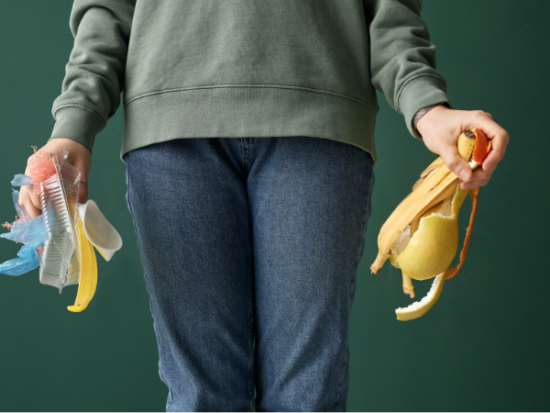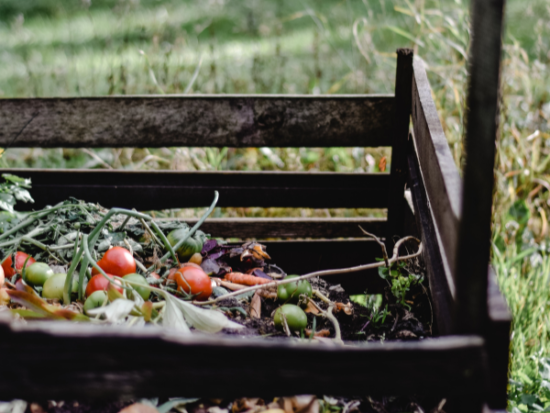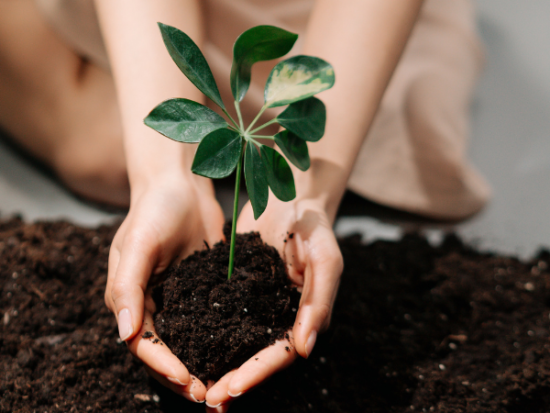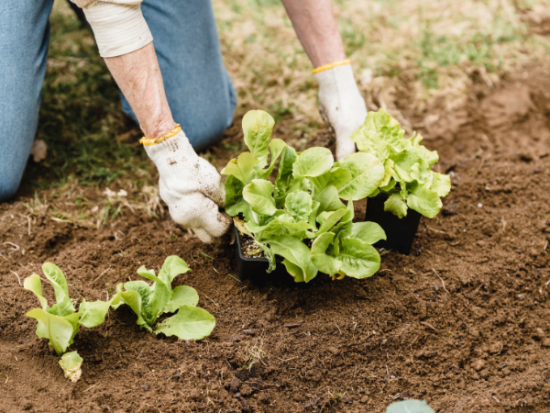How to start composting at home
Are you wanting to know how to start composting? Do you have a garden or plants that don’t seem to grow well? Do you have soil that is not good for growing anything?
If you answered yes to either of these questions, you might want to look into composting. Home composting is not a complicated process, and it helps the environment too.
Compost is decomposed organic material that is added to soil to help gardens and plants grow. It is rich in nutrients and perfect for gardens.
Adding compost to your plants and in your garden gives it nutrients and creates rich soil.
If you want to know how to start composting at home, we have great news for you. You can most definitely begin composting at home to improve your soil and garden.
Related Articles
Top 5 CBD Gummies on Amazon
Best Kitchen Products to Buy
How to Get Instagram Followers Fast
How do I start composting for beginners?
Steps to Composting at Home:
- Begin by getting some tools for your compost pile. A pitchfork, square point shovel, machete, and a water hose with a spray nozzle are good ideas. Sometimes when your mix or turn your pile, water can help maintain the compost.
- For backyard composting, you want to choose a shady outdoor space near a source of water.
- Adding green and brown materials, you have collected into the pile. If there is anything dry in your compost, add water.
- Alternate materials in layers. Start adding moist layers, then dry ones. Moist layers are food scraps.
- Now you have a compost pile, to begin with. Next, add mixed-grass clippings and green materials to your stack.
- Ensure that you are burying the fruit and vegetable waste at least ten inches under the compost materials.
- Keep compost moist by water sometimes or letting the rain take care of it for you.
- If you have a tarp, it is advised to use it mixed-grass over the compost pile. This keeps the compost moist.
- Every couple of weeks, turn your compost pile with a pitchfork or a shovel. Oxygen is needed for the composting process to work. When you turn your pile, this adds oxygen that is required.
- When your compost materials are dark and rich in color, the compost is ready.
- Finished compost may take anywhere from two months to two years.
Tips and Tricks
An easy way to tell if your compost is ready is to give off any heat no longer, and it is dry and crumbly. At this point, you can add around 4 to 6 inches of compost to your garden or flower beds.
It’s best to add the compost at the beginning of each planting season.
Indoor composting uses a compost bin. You may not have a lot of room indoors but want to compost anyway. The compost bins are a particular type and can be found at any hardware store locally.
If you do not want to buy a particular bun, you can always make your own. With indoor composting, you want to keep track of what you put in and tend to the pile more often.
Tending to your compost will help avoid a horrible smell also. Indoor composting takes about two to five weeks.
Related Articles: Best States in the US
What materials do you need to start composting?
Composting materials can be anything from kitchen scraps, food waste, tea bags, dried leaves, and more. Fruits such as strawberries, pineapples, banana peels, apple cores, and more.
Eggshells and old flowers are suitable materials to put in your compost too.
Other suggestions for your compost pile include nutshells, shredded newspaper, cardboard, paper, yard trimmings, grass clippings, hay, straw, leaves, sawdust, wood chips, cotton or wool rugs, hair, fur, and fireplace ashes.
You want to stay away from cooking meats, any cooked foods, oily items, fish, grass over anything buttery, bones, and anything that attracts rodents and pests.
Dairy products can cause a foul smell and attract flies. Do not put pet waste in your pile because of bacteria.
Types Of Composting
There are two types of composting. These are cold and hot. Cold composting is very easy. This type of composting requires you to collect your yard waste.
Cold Composting
With cold composting, the materials in your trash, such as food scraps, coffee grounds, eggshells, fruit, and vegetable peels, are perfect.
Once you have these materials, put them all in a pile or a storage bin of some kind. These will begin to decompose in about a year or so.
Related Article: Best CBD Pet Treats on Amazon
Hot Composting
Hot composting is a little more involved, and you will have to be very active in this composting process. This is a much faster process than cold composting.
Hot composting will take around one to three months in warm weather. There are only four needed materials, including Nitrogen, carbon, air, and water for hot composting.
Another type of composting involves worms. Worm composting is called vermicompost. As worms eat your food scraps, they will release castings. Castings are rich in nitrogen and will improve your compost pile.
However, you cannot use regular worms. The worms needed are redworms or red wigglers. These worms can be purchased online or from a garden supplier. They are relatively inexpensive too.
Summary
If you want to start composting at home, it is straightforward and environmentally friendly too.
We have listed the steps to start composting at home, along with the different types of composting and the materials you will need.
Composting is an eco-friendly way to help fertilize your gardens and flower beds, and it’s cheaper and safer than store-bought fertilizers. Once you read through the article, you get to decide which type of composting is best for you.
If you do not have space to compost at your home, there are places around to take your food scraps for compost. Some counties have food scrap picks up options available.
The best source for finding out about these options, contact your local grocery stores, farmers’ markets, or a county office in your area. There may be some programs around you that will gladly take your food scraps.
Why Landfills are Bad
Composting not only conditions the soil but is excellent for the environment too. It reduces your kitchen and yard waste, reducing the amount of garbage we put in the landfills. As the population increases, so do the waste we put out.
Landfills are filling up so fast that some have already shut down. Composting at home is a great way to help reduce this waste and help these landfills last longer.
Composting takes about 30% of our kitchen trash away from landfills. This is beneficial for everyone, and it does not take much work or effort to compost from home.





